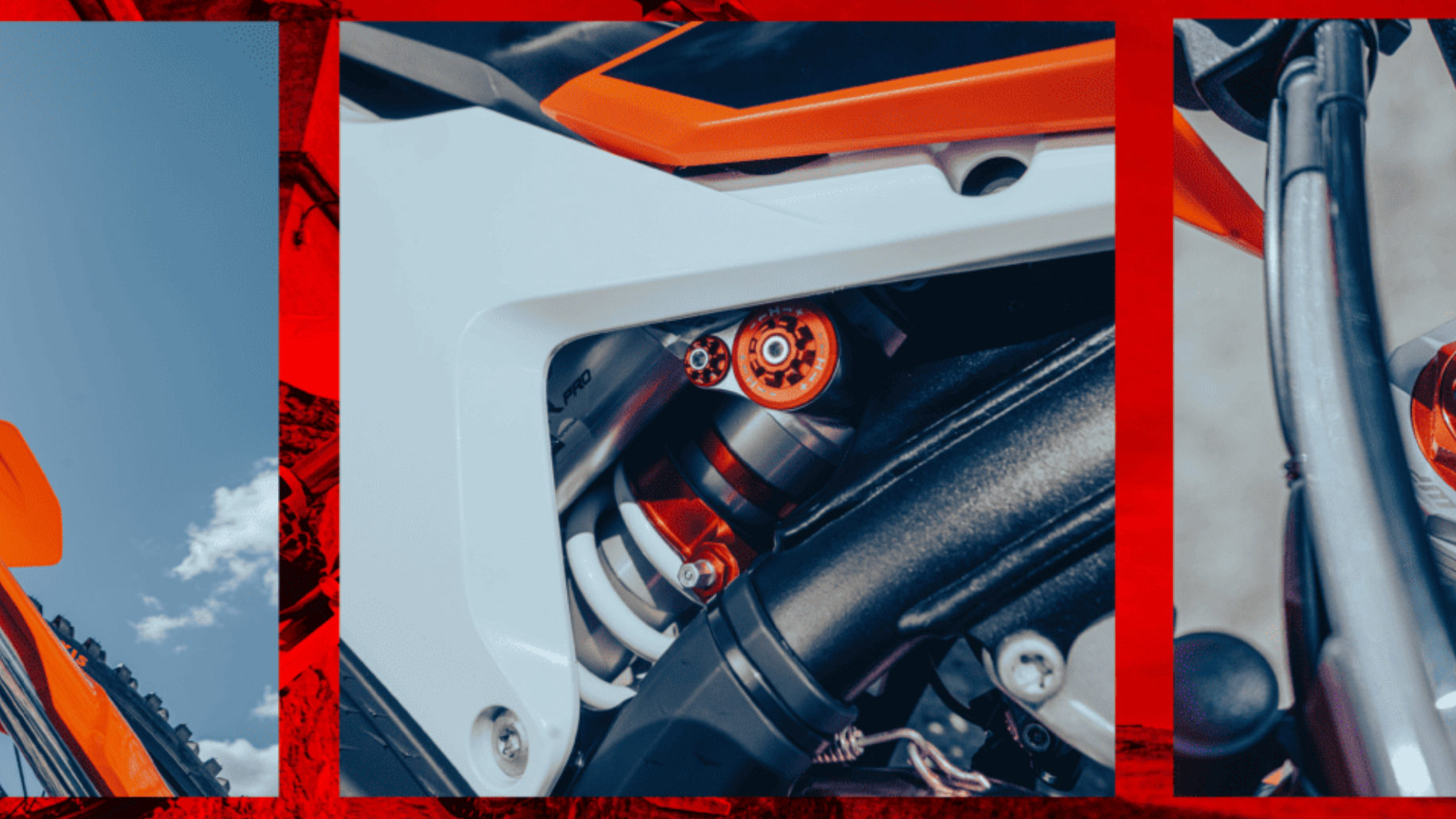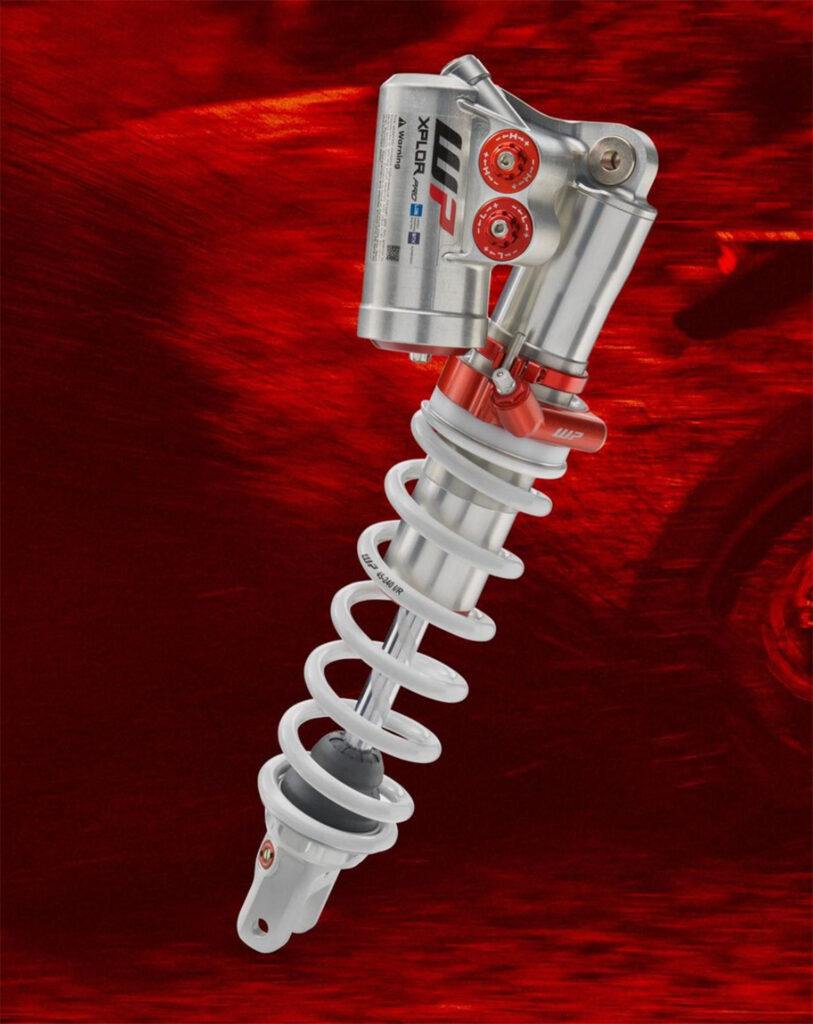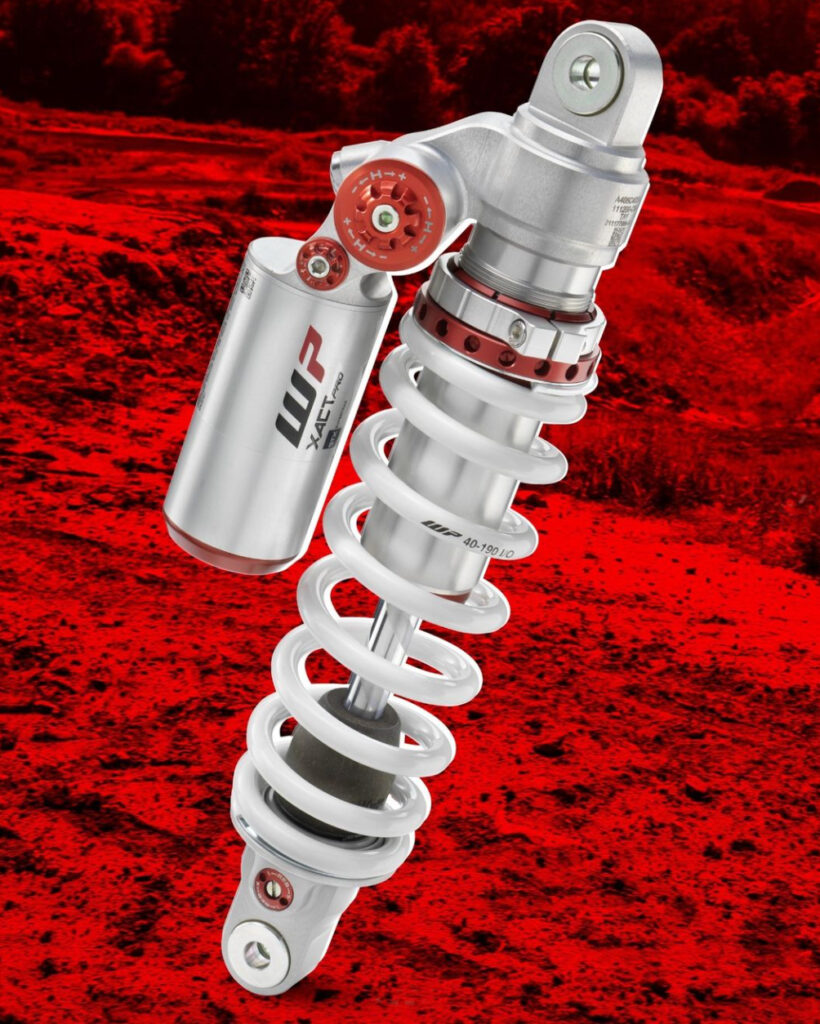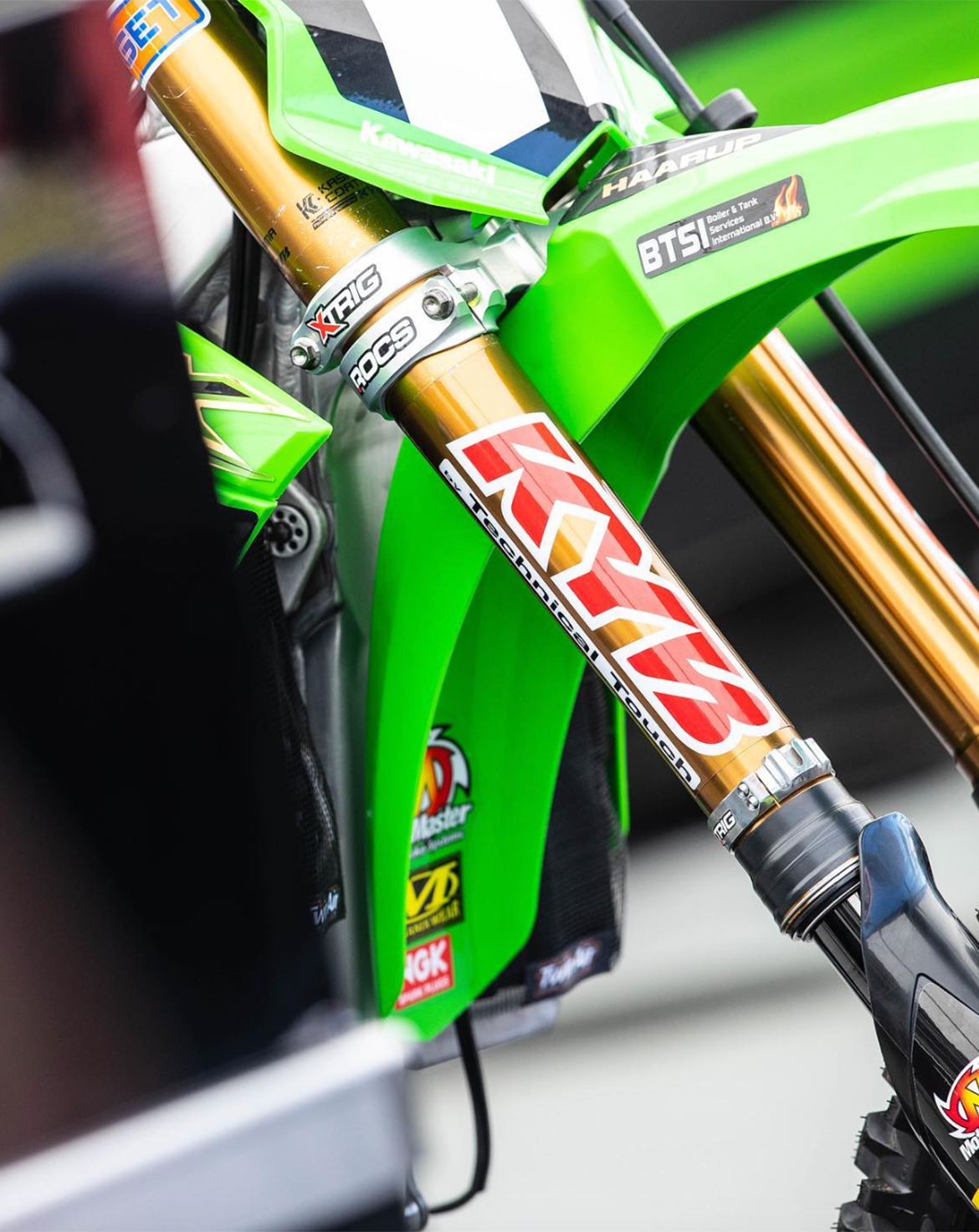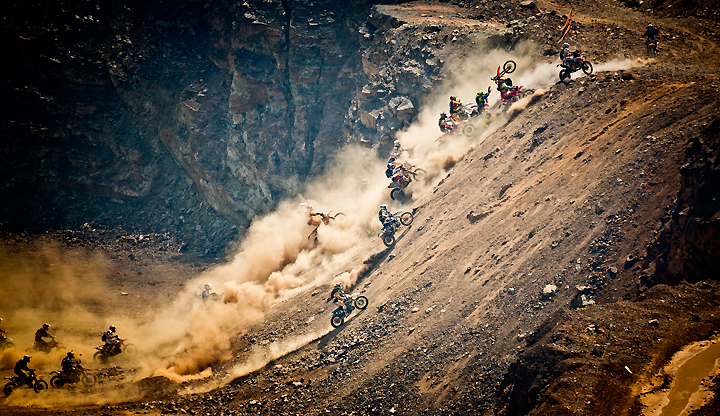Suspension on offroad motorcycles is crucial not just for comfort, but also for performance and safety. A well-tuned suspension setup can dramatically improve how your bike handles even the most challenging terrains. But have you ever wondered how your suspension actually works and why it’s so important? In this post, we’ll dive into the basics of suspension, explore common mistakes riders make, and discuss how the right adjustments can elevate your riding experience to the next level.
The Basics of Suspension
Suspension is designed to support the weight of your motorcycle and maintain contact with the ground. It consists of two main components: the spring and the damper. The spring absorbs impacts and carries the weight, while the damper controls the speed at which the spring returns to its original position, preventing the bike from bouncing uncontrollably. Together, these components ensure a stable and controlled ride, even over rough terrain.
Video Insight: How Dirt Bike Suspensions Work
For those looking to understand more about how suspension functions, we’ve included a video published by the Steps to Podium YouTube channel and produced in collaboration with Technical Touch. This video offers a detailed explanation of the mechanics behind suspension and how it affects your ride.
Practical Tips for Suspension Setup
Before making any suspension adjustments, it’s essential to consult your motorcycle’s manual. Incorrect settings can make your bike difficult to control and negatively impact your riding experience. Here are some tips to help you get started:
- Check Your Weight: Ensure that your suspension is set up for your specific weight. If you fall outside the manufacturer’s recommended range, adjustments will be necessary.
- Tune for Terrain: Different terrains require different suspension settings. Be prepared to adjust your setup based on whether you’re riding on sand, rocks, or mud.
- Regular Maintenance: Regularly check your suspension for wear and tear. Keeping it in top condition will ensure a smoother and safer ride.
Common Suspension Mistakes
Many riders make common mistakes when setting up their suspension. Here are a few to avoid:
- Ignoring the Manual: Always refer to your bike’s manual before making adjustments. Manufacturer settings are a good starting point.
- Overlooking Rebound Damping: Many focus on compression damping but neglect rebound damping, which is crucial for maintaining traction.
- Not Testing Adjustments: After making changes, always test your bike in a safe environment to ensure the settings work as expected.
Why It Matters: The Impact of Proper Suspension on Performance
Did you know that proper suspension settings can shave seconds off your lap times? Studies have shown that riders with well-tuned suspensions not only ride faster but also reduce fatigue and increase overall safety. Suspension isn’t just about comfort—it’s about control, speed, and improving your skills on the bike.
Don’t forget to watch the video we’ve shared to deepen your understanding, and feel free to share your own suspension tips in the comments!
Photo credit: WP suspensions and KYB Technical Touch




